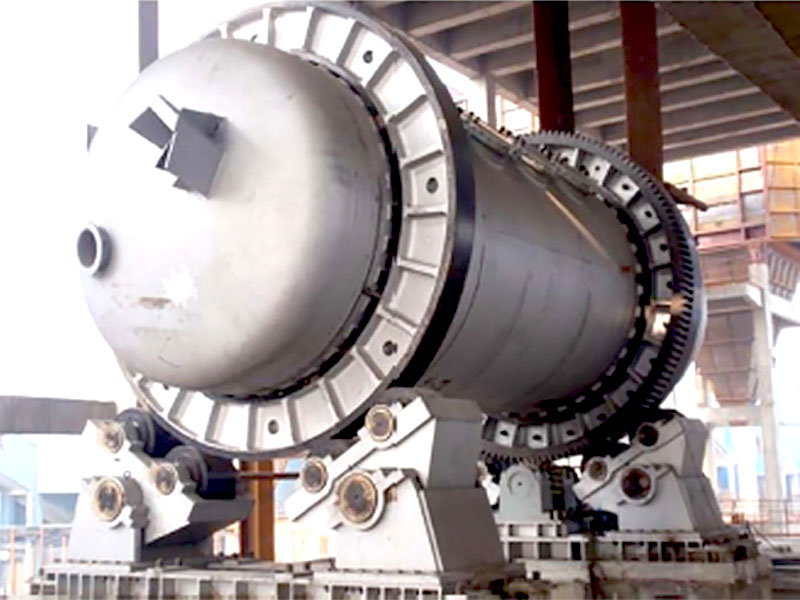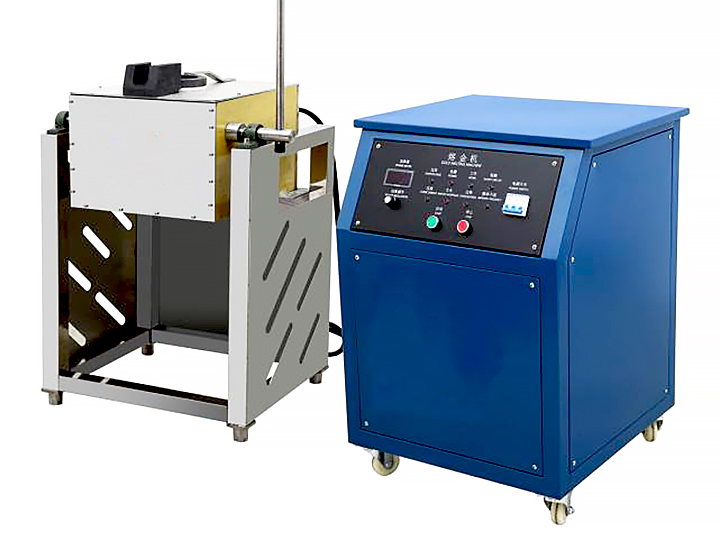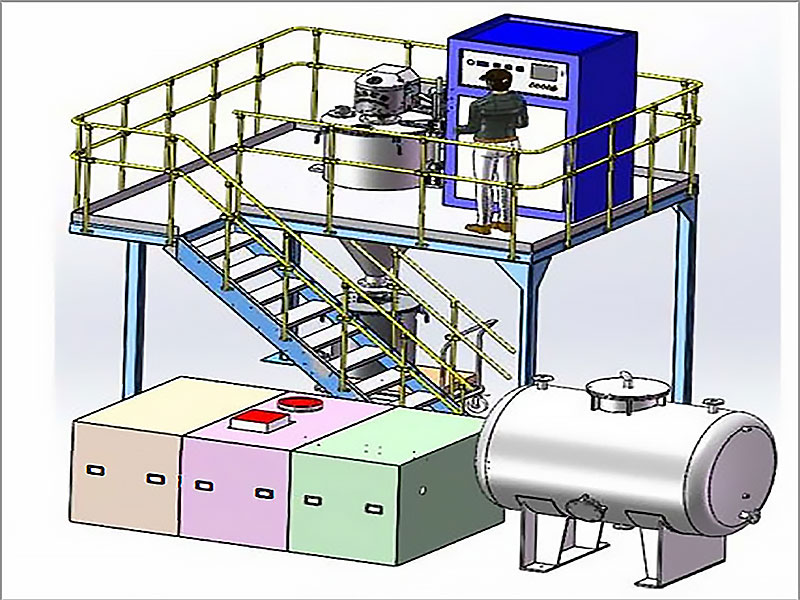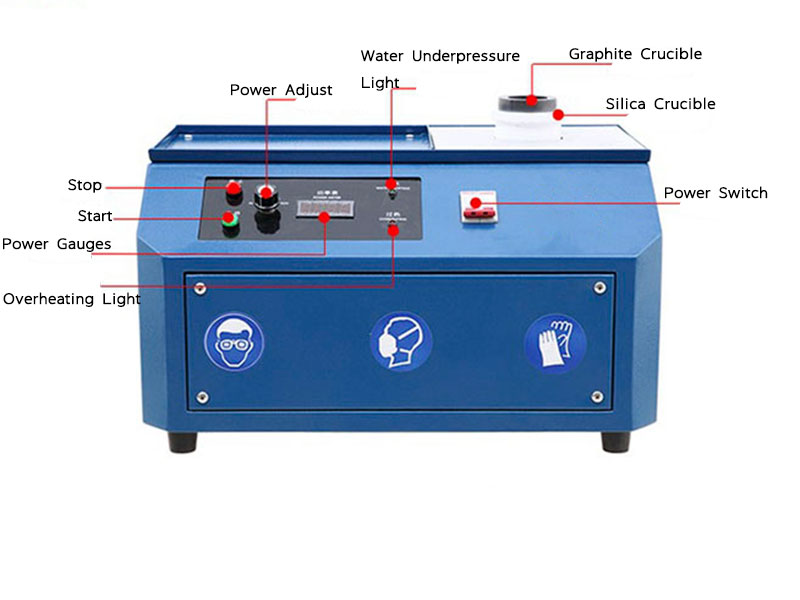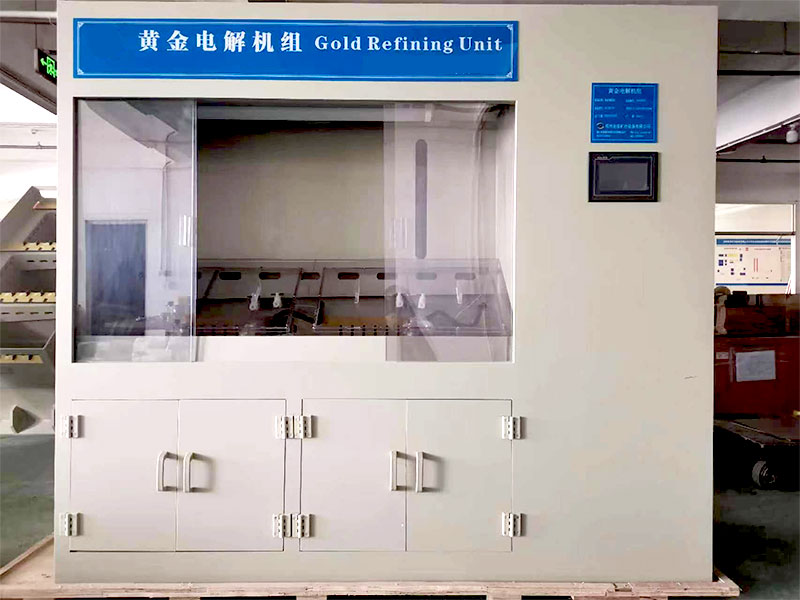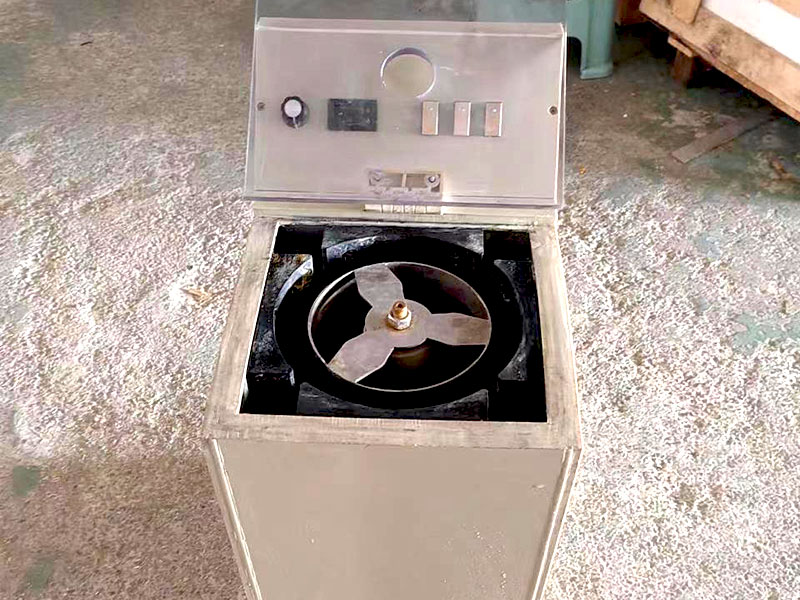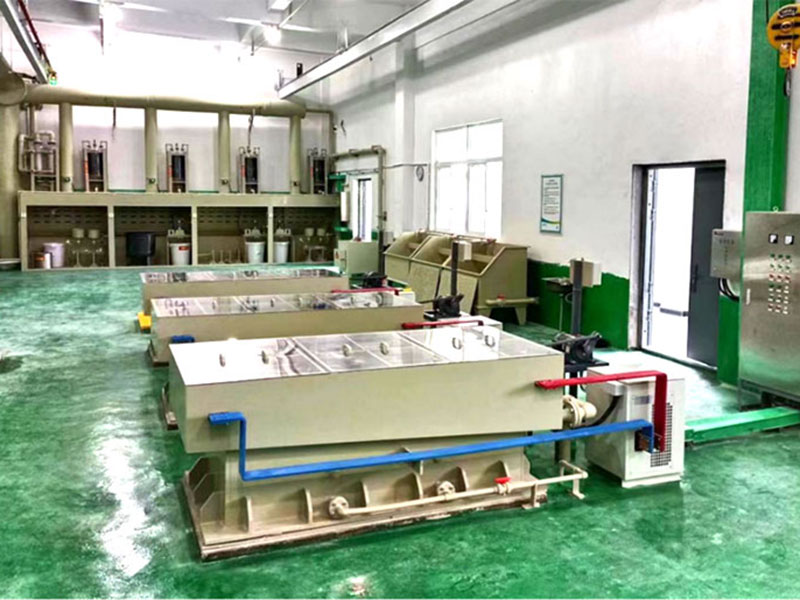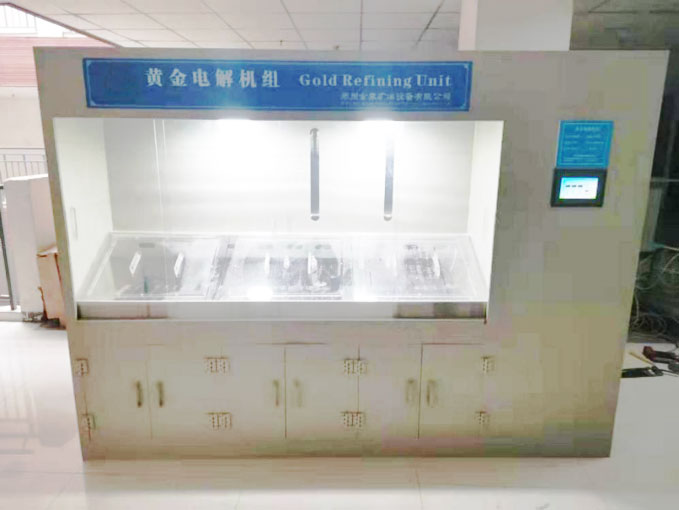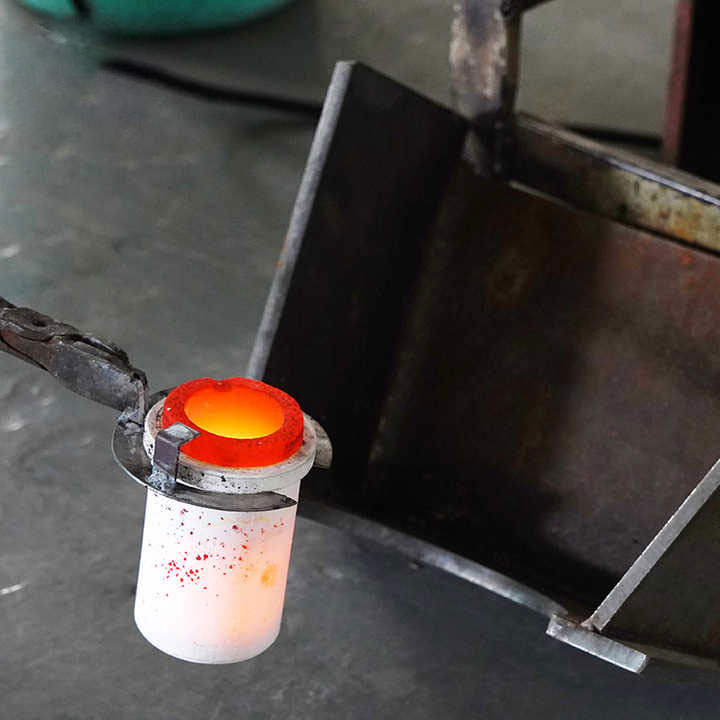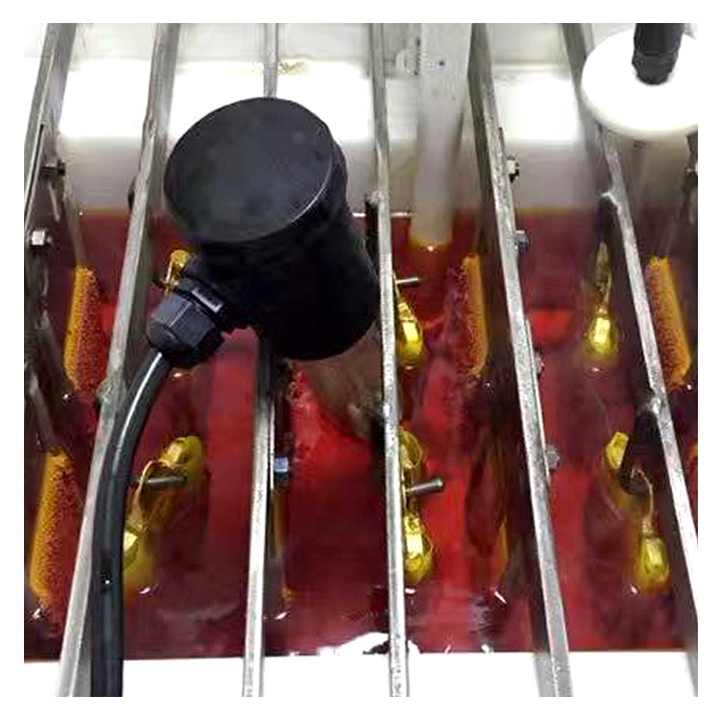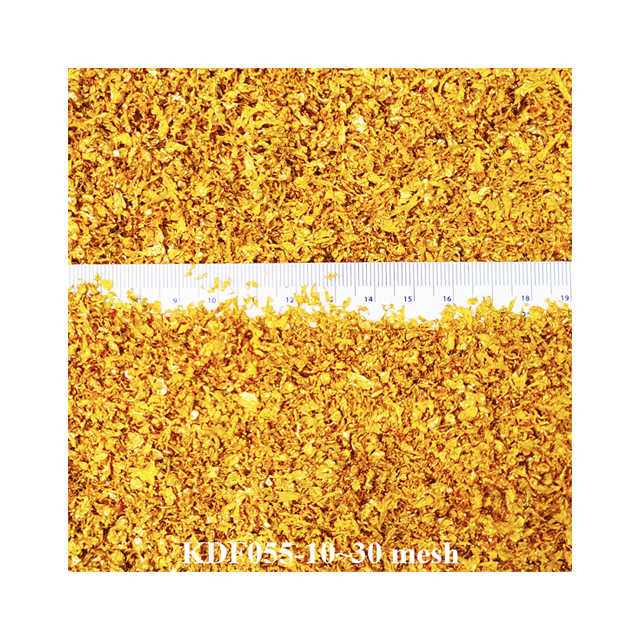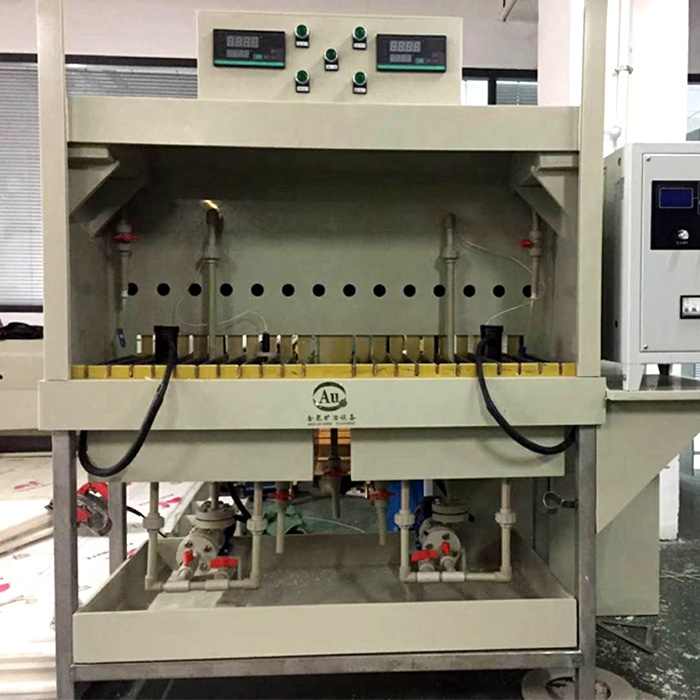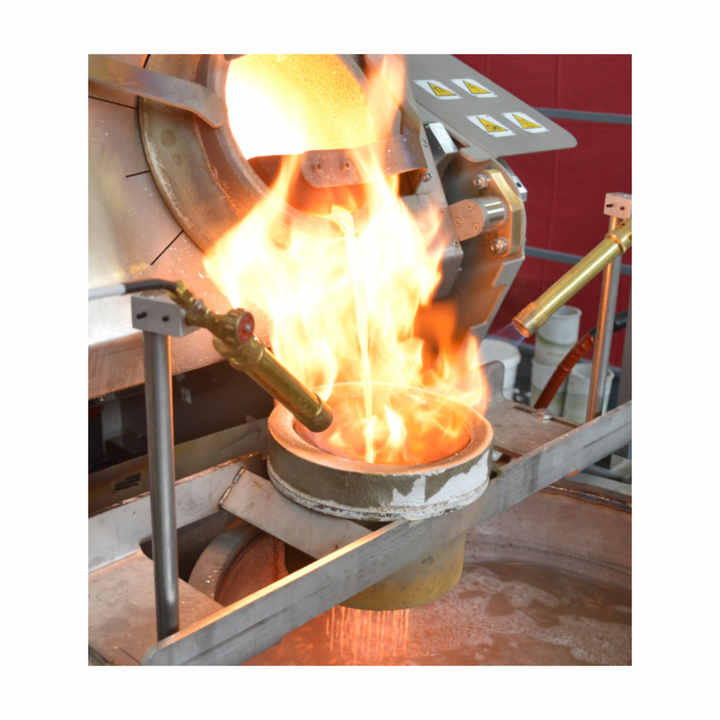purification gold nanoparticles
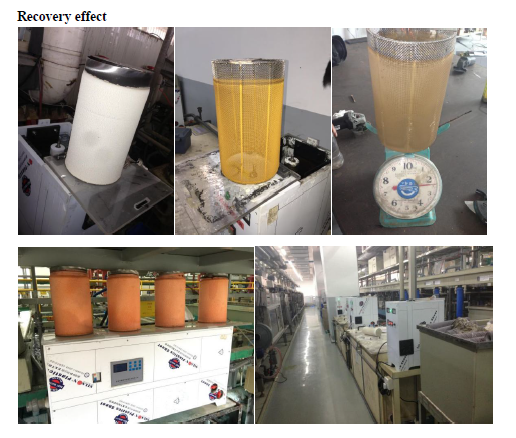
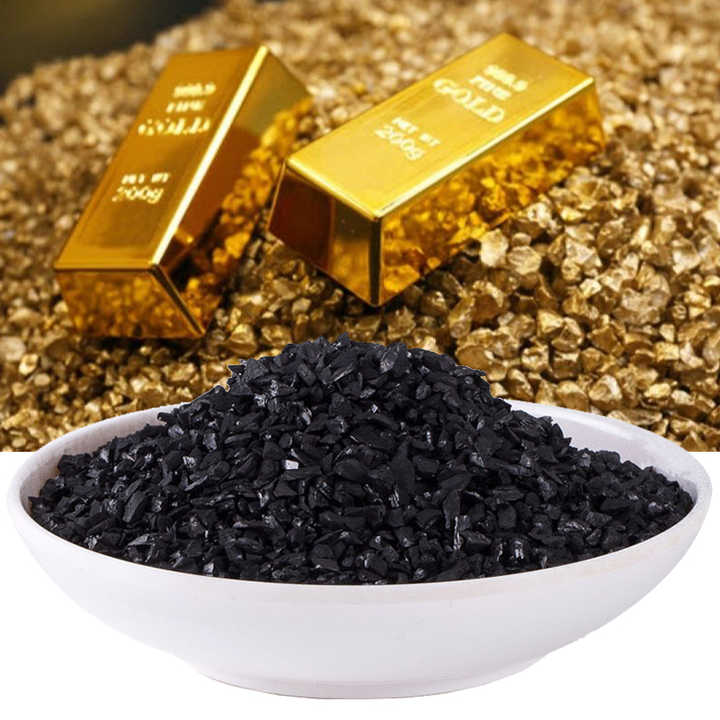
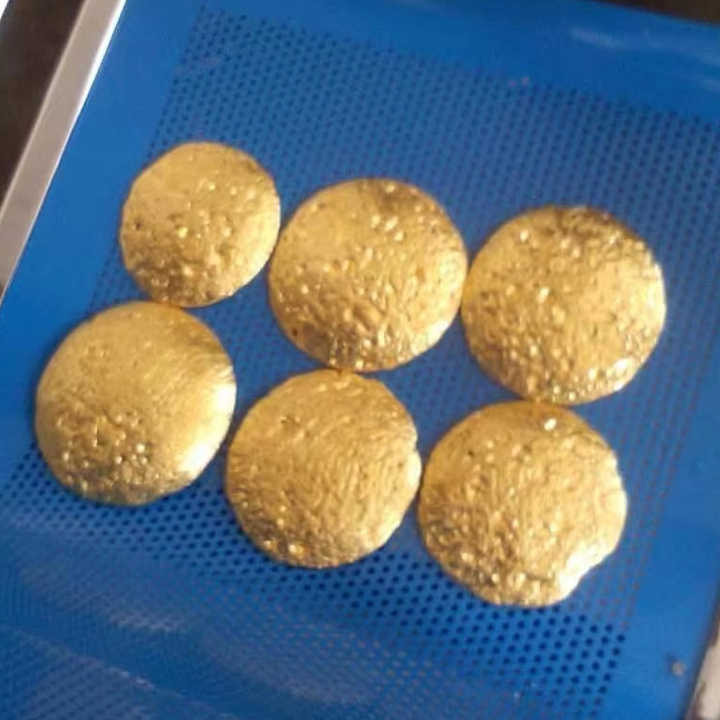
The Art and Science of Purification of Gold Nanoparticles
Gold nanoparticles (AuNPs) have garnered significant attention due to their unique optical, electrical, and thermal properties, which find applications in diverse fields ranging from medicine to electronics. However, the synthesis of AuNPs is only the beginning; the subsequent purification process is equally critical for ensuring the quality and functionality of these nanomaterials. This article explores the purification of gold nanoparticles, detailing the methods used to isolate and refine them, and highlighting the importance of purity in their various applications.
Synthesis and Initial Formation
Gold nanoparticles can be synthesized through various routes, including chemical reduction, seed-mediated growth, and physical methods such as laser ablation. Regardless of the synthesis method, the initial formation of AuNPs often results in a heterogeneous mixture containing not only the desired nanoparticles but also impurities and by-products. These impurities can include unreacted precursors, surfactants, stabilizers, and other organic residues that are used during the synthesis process.
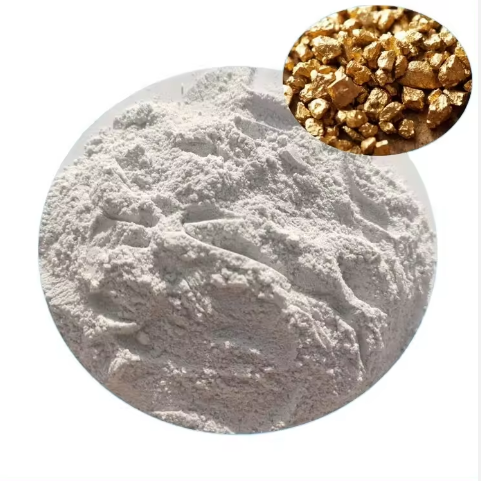
Centrifugation: Separating the Precious from the Unwanted
One of the primary methods for purifying gold nanoparticles is centrifugation. This technique leverages the different densities and sizes of particles to separate the AuNPs from impurities. By applying a centrifugal force, the heavier nanoparticles are forced to the bottom of the container, while lighter impurities remain suspended in the supernatant. The purified AuNPs can then be collected and resuspended in a clean solvent for further processing.
To enhance the efficiency of centrifugation, it is often performed multiple times with intermediate wash steps. This iterative process ensures that any residual impurities are thoroughly removed, leaving behind a more homogeneous population of gold nanoparticles.
Size-Exclusion Chromatography: Sorting by Size and Shape
For finer control over the size and shape distribution of AuNPs, size-exclusion chromatography (SEC) is an effective purification technique. SEC separates particles based on their hydrodynamic radius, allowing larger aggregates or impurities to elute first, while smaller nanoparticles remain in the column longer. This method is particularly useful when dealing with nanoparticles that vary significantly in size or when there is a need to remove smaller impurities that may not be efficiently separated by centrifugation alone.
By carefully selecting the column and elution conditions, SEC can achieve high-resolution separation, yielding a population of AuNPs with uniform size and shape, critical for applications requiring precise control over nanoparticle properties.
Ultrafiltration: Concentrating and Cleaning
Ultrafiltration is another powerful tool in the purification arsenal. This method utilizes membranes with defined pore sizes to retain AuNPs while allowing smaller molecules and impurities to pass through. Ultrafiltration can be used to concentrate the nanoparticles and exchange the solvent, removing any residual surfactants or stabilizers that might interfere with downstream applications.
Ultrafiltration is particularly advantageous when working with large volumes of AuNP suspensions or when a high concentration of nanoparticles is needed for subsequent processes.
Surface Modification and Functionalization
Beyond basic purification, the surface modification of gold nanoparticles is often necessary to tailor their properties for specific applications. This involves functionalizing the surface of the AuNPs with ligands, polymers, or biomolecules, which can impart additional functionalities such as enhanced stability, biocompatibility, or targeting capabilities.
Functionalization steps should be followed by thorough washing and purification to ensure that any excess or loosely bound molecules are removed, leaving the AuNPs with a clean and stable surface coating.
Quality Control and Characterization
Finally, the purity and quality of the purified gold nanoparticles must be verified through rigorous characterization techniques. Transmission electron microscopy (TEM), dynamic light scattering (DLS), and UV-visible spectroscopy are commonly used to assess the size, shape, and optical properties of the AuNPs. Such characterization ensures that the nanoparticles meet the required specifications for their intended use.
The purification of gold nanoparticles is a multifaceted process that involves a combination of techniques aimed at removing impurities, achieving homogeneity, and imparting specific functionalities. From the initial synthesis to the final characterization, each step is critical for producing high-quality AuNPs that can fulfill their diverse roles in research, medicine, and industry. As the demand for gold nanoparticles continues to grow, so too does the importance of developing robust purification protocols that ensure their reliability and effectiveness in various applications.

